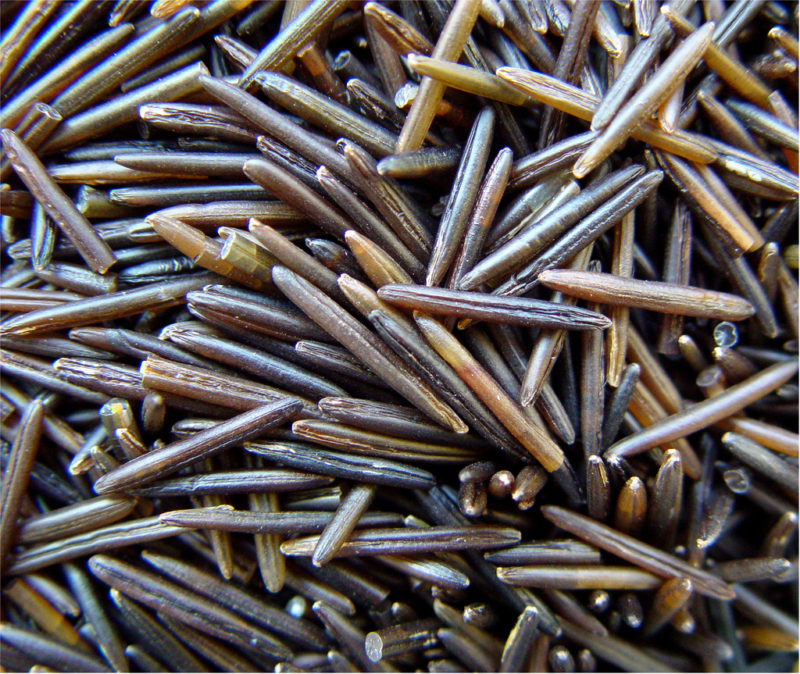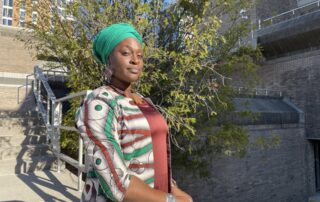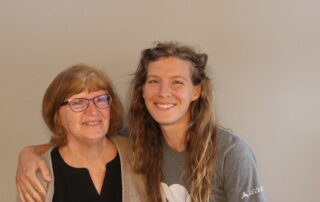Peter David knew little about wild rice when he began his job as a biologist for the Great Lakes Indian Fish and Wildlife Commission. He’s since devoted his life to understanding and protecting Wisconsin’s rice.
“You could argue that, except perhaps for the white pine, there is no other plant that actually had as big a role in the history of this state,” says David.
Native peoples relied on wild rice for food for centuries. Wild rice was so important to the Menominee that they became known as the “wild rice” people. David learned much of what he knows about wild rice from the Native American tribes.
“A lot of the tribal elders, the rice harvesters, the wild rice chiefs, taught me a great deal. And so much of what we know about rice really is this traditional ecological knowledge,” explains David.
Wild rice is not true rice but an aquatic grass that grows best in gently flowing water with mucky bottoms. It’s harvested in the fall.
Wild rice had always been harvested by hand, until about 60 years ago when farmers attempted to domesticate it to increase production and extend its season.
Domesticated wild rice is grown in a paddy rather than in naturally occurring water. Its often treated with fertilizers, pesticides and fungicides. After the paddy is drained, a combine harvests the wild rice and the rice is finished with a different process than the natural rice.
David believes that domesticated wild rice loses some of its flavor during this finishing process. He once brought hand-harvested wild rice, what he calls “wild” wild rice, to a chef’s conference and was struck by the way the chefs approached the two different rices.
“The first thing they all did was just smell it before it was ever cooked,” describes David. “And you could see, immediately, they understood that these were two different products.”
Ricing has become an important part of David’s life as well.
“To me, rice beds are just beautiful places to be and they’re incredibly biologically abundant,” says David. “Whether you get rice or not, it makes for a beautiful day.”











